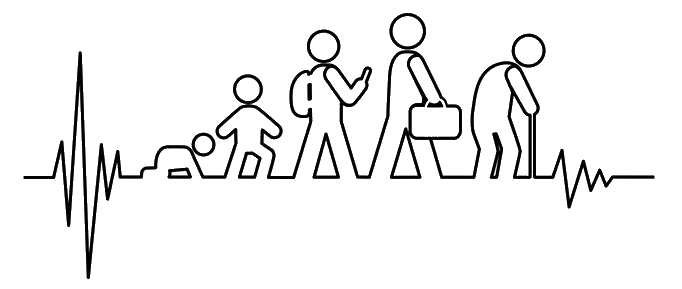⚠️ Test Running in Guest Mode
Important: Your final mark will not be saved.
A1.1-1.7 Physical development at each life stage GapFill
You must fill all the gaps before clicking ‘Check Answers!’

Growth and development are different concepts. Growth refers to an increase in ; for example, children grow and increase in weight as they get older. This happens continuously until the individual is fully grown. However, although it is there are times when the pace of growth is faster than others. When there is a period of growth, this is known as a growth . There is a difference in the growth of each and in the growth of different parts of the body. The principle of growth is that growth is an increase in some measured quantity, such as , weight, or other body dimensions.
As well as growth, other changes occur as we mature. Development refers to complex cognitive changes that lead to an increase in . Every individual is unique and develops at their own rate, but there are some key developmental milestones that infants typically go through. One important milestone is the development of and motor skills. Gross motor skills involve the coordination of muscle groups, enabling infants to hold their up, crawl and walk. Fine motor skills involve muscle movements, allowing infants to perform tasks such as picking up items with their thumb and finger, a movement known as the grasp.